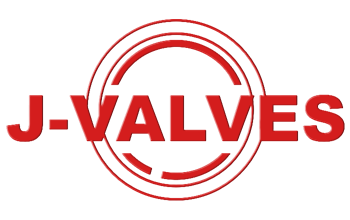
Comprehensive Comparison of ISO And DIN Ball Valve Design Standards

Understanding ISO 17292 and DIN 3357 Ball Valve Standards
ISO 17292: International Standard for Ball Valves
ISO 17292 is an international standard that specifies the design, manufacturing, and testing requirements for ball valves used in liquid and gas services. This standard covers various aspects, including:
• Design and Dimensions: Detailed requirements for valve design, including dimensions, materials, and manufacturing processes.
• Pressure and Temperature Ratings: Comprehensive guidelines for pressure and temperature ratings, ensuring the valve's suitability for specific operating conditions.
• Testing and Inspection: Rigorous testing and inspection procedures to verify the valve's performance and quality.
DIN 3357: German Standard for Ball Valves
DIN 3357 is a German standard that specifies the design and performance requirements for ball valves, particularly those used in industrial applications. This standard covers various aspects, including:
• Design and Dimensions: Detailed requirements for valve design, including dimensions, materials, and manufacturing processes.
• Pressure and Temperature Ratings: Comprehensive guidelines for pressure and temperature ratings, ensuring the valve's suitability for specific operating conditions.
• Testing and Inspection: Rigorous testing and inspection procedures to verify the valve's performance and quality.
Key Differences Between ISO 17292 and DIN 3357 Ball Valve Standards
• ISO 17292: Provides detailed design requirements, including specific dimensions and tolerances. This standard ensures that valves are designed for optimal performance and reliability in various industrial applications.
• DIN 3357: Also provides detailed design requirements but may differ in specific dimensions and tolerances. DIN valves are often designed to meet the specific needs of German and European markets.
Pressure and Temperature Ratings
• ISO 17292: Specifies pressure and temperature ratings that are widely accepted internationally. These ratings ensure that valves can operate safely and efficiently in a variety of conditions.
• DIN 3357: Specifies pressure and temperature ratings that are commonly used in German and European markets. These ratings are designed to meet the specific requirements of these regions.
• ISO 17292: Requires rigorous testing and inspection procedures to ensure the valve's performance and quality. Tests include pressure testing, leakage testing, and material verification.
• DIN 3357: Also requires rigorous testing and inspection procedures, but the specific tests and inspection methods may differ. DIN valves are tested to ensure compliance with German industry standards.













